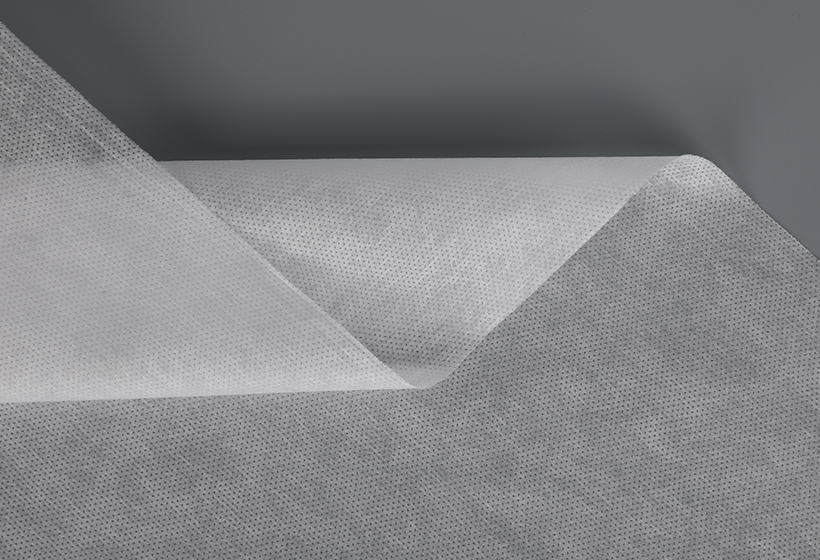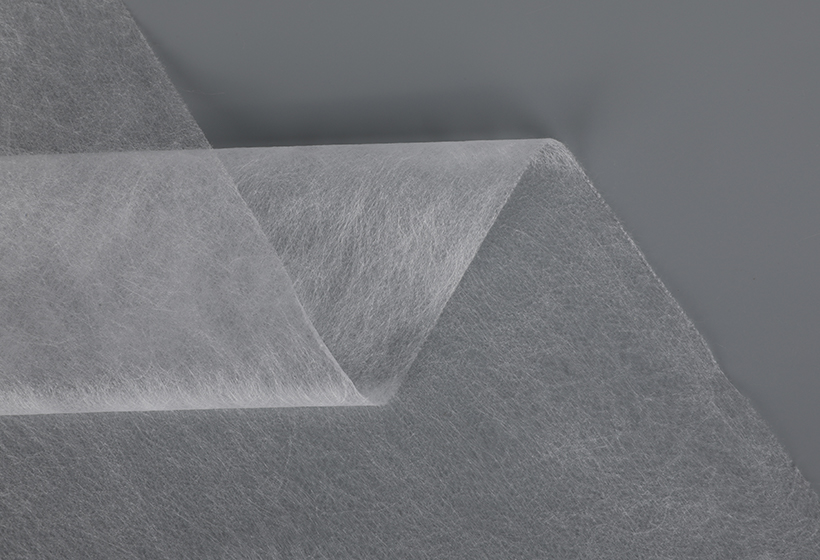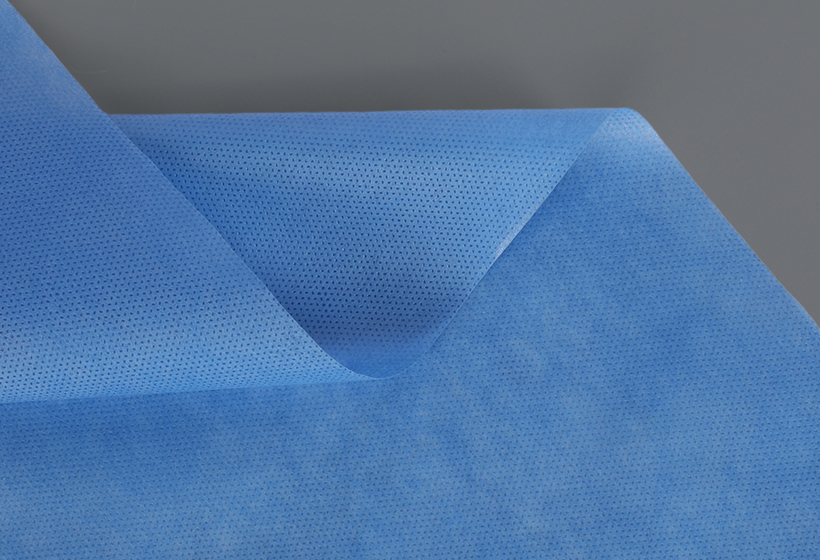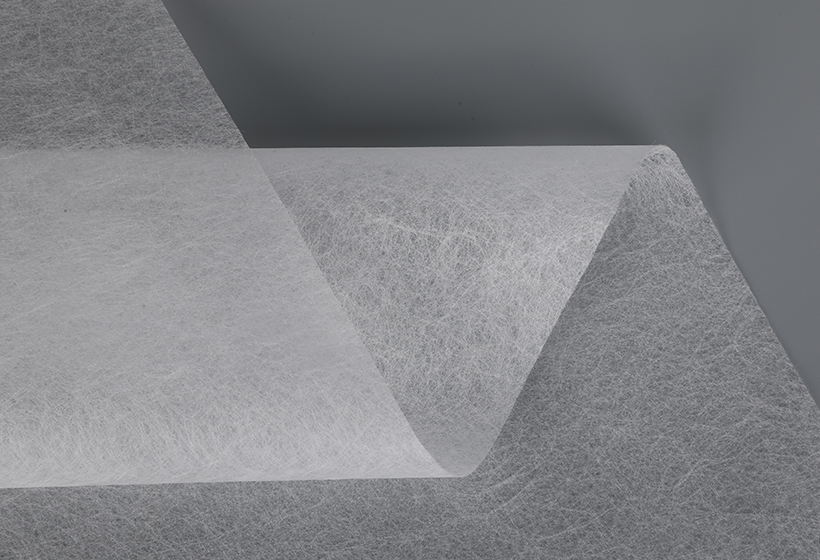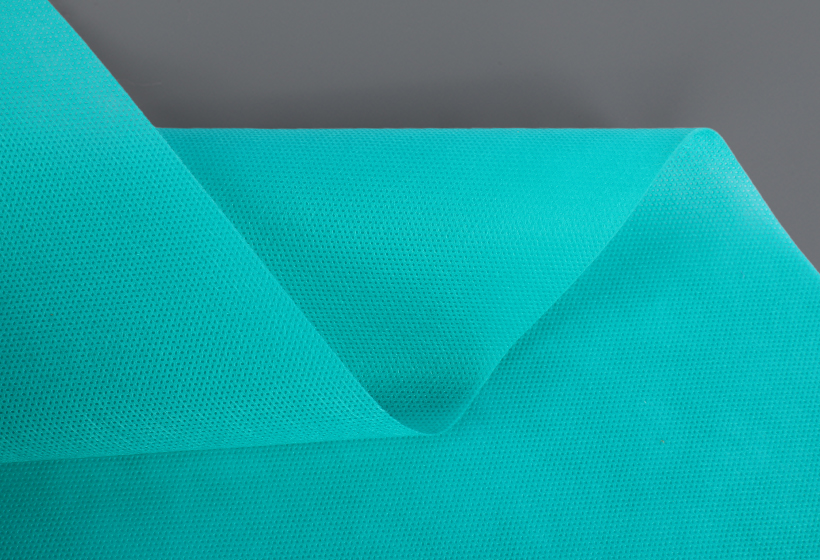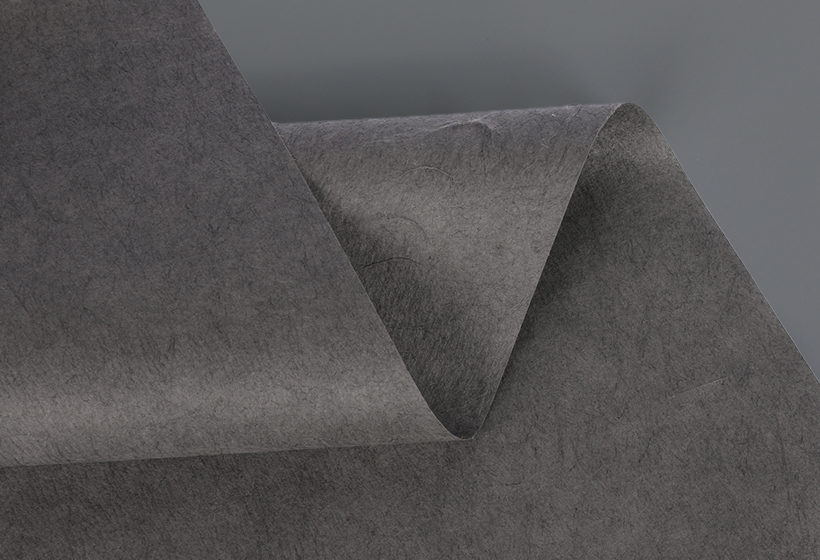Filmed Non-Woven Fabrics
Filmed non-woven fabrics are an excellent choice for a variety of applications. They are flexible and durable and have several advantages, such as being environmentally friendly and recyclable. They are ideal for diapers and other healthcare applications, as well as upholstery. Filmed non-wovens are also available in different grades, enabling them to be combined with other nonwoven materials to improve their absorbency.
The production of nonwovens involves four steps. First, the fibers are spun and cut into small fibers, which are then bundled into bales. Next, the fibers are blended. Then, they are spread in a web by a wet-laid process. The airlaid process involves fibers ranging from 0.5 to four inches in length, while carding operations use fibers that are 1.5 inches long. Currently, polyethylene terephthalate and polypropylene are common fibers for nonwovens.
Filmed non-woven fabrics are used in various consumer applications, including carpet backing, mattress padding, towels, and table cloths. They are also used for linings and reinforcement in other fabrics. In the industrial world, filmed non-wovens are used in insulation, packing materials, filters, and geotextiles, among others.
Nonwoven fabrics are made of fibres that are mechanically, chemically, or physically oriented to produce a specific property. They are widely used in consumer and industrial applications, and range in weight from thin and lightweight to heavy and durable. The resulting properties make them ideal for a specific purpose, and allow them to deliver high-performance products.
Filmed non-woven fabric is a common material used for making synthetic turf and paving roads. It is also used as an erosion barrier and for soil stabilisation. Additionally, it is used for greenhouse shading and seed strips. It can extend the life of paved roads. These uses are only a few of the benefits of filmed non-woven fabrics.
The process of manufacturing nonwoven fabrics involves laying down small fibers onto a conveying surface. Some processes are dry-laid, while others involve a wet-laid process. During the manufacturing process, the fibers are joined by a binder. The binder is either melted or applied as a powder.
There are two main types of filmed non-woven fabrics: bonded and feltted. The first is made by layering thin sheets and forming a web. This process compresses the fibers and makes them durable. Unlike woven fabrics, feltted non-woven fabrics will not ravel.


 English
English Español
Español
